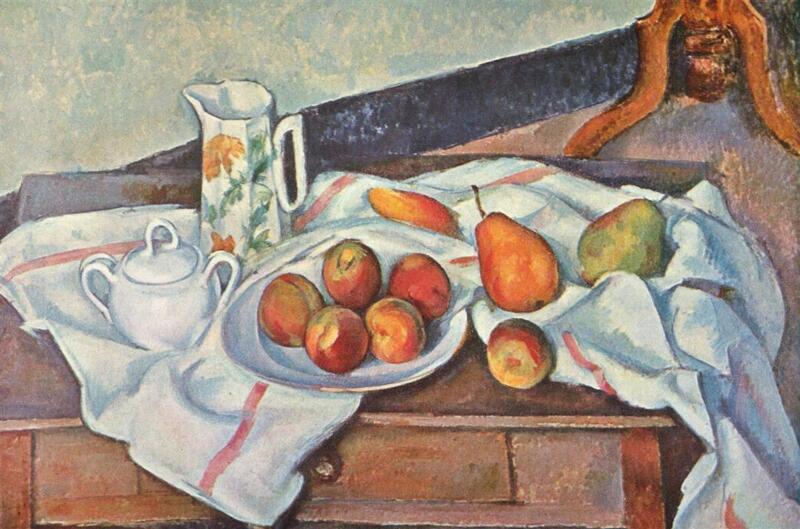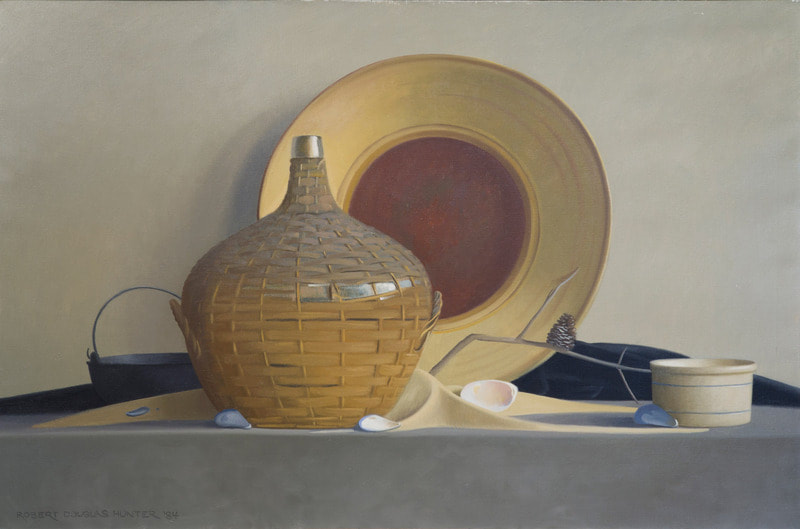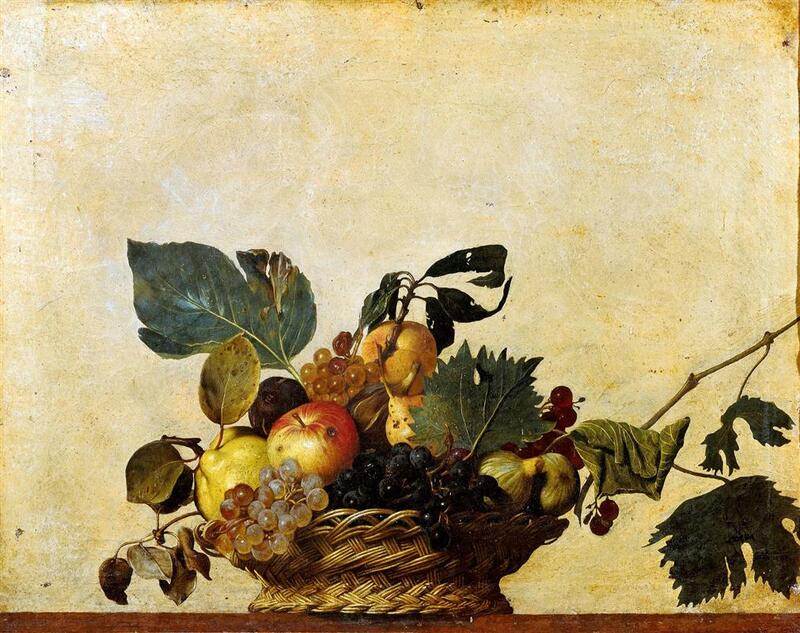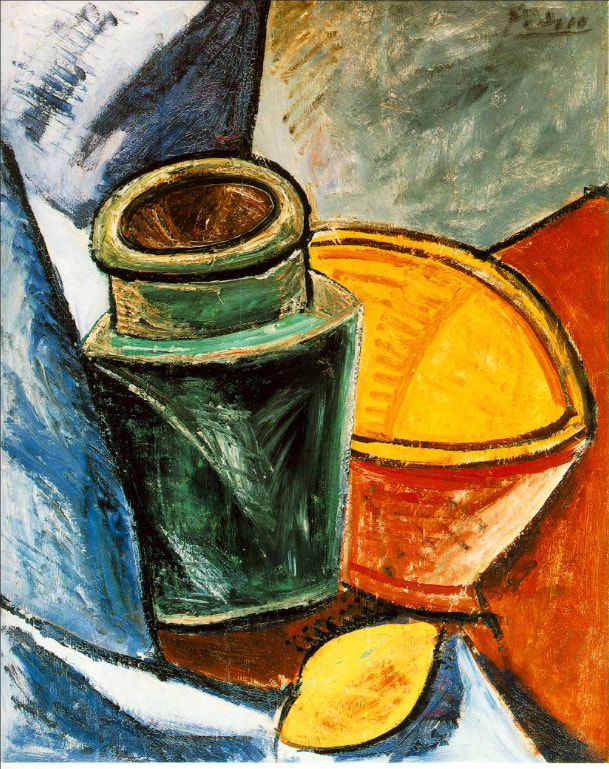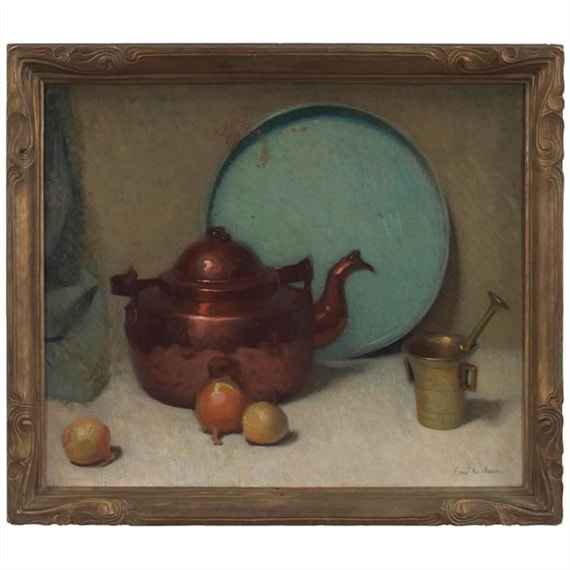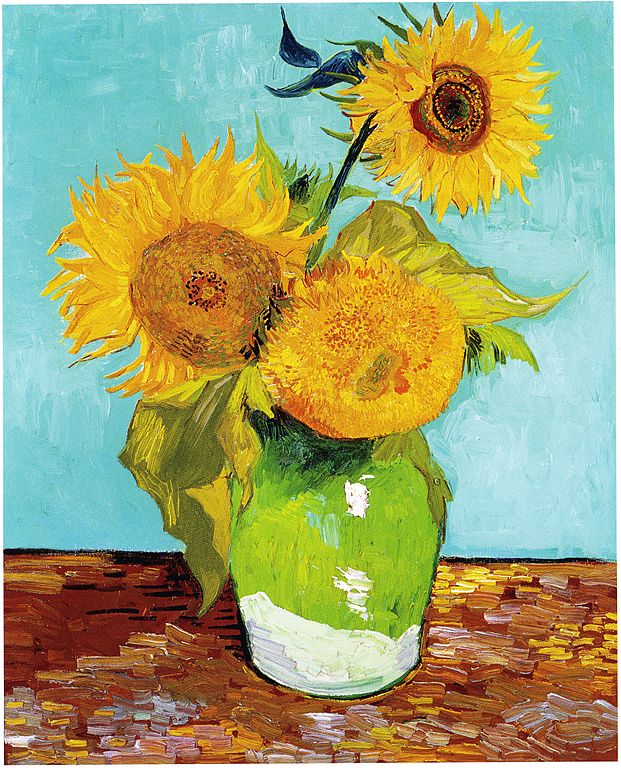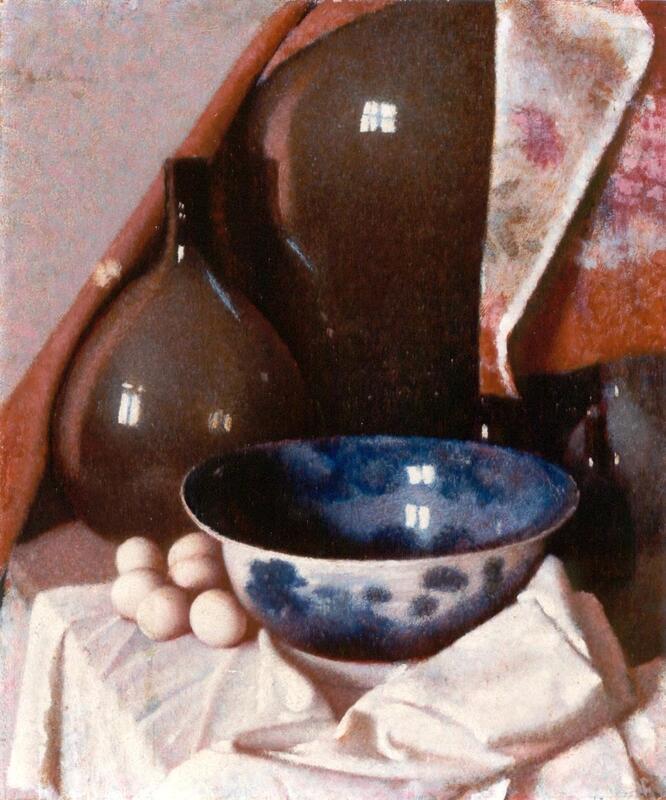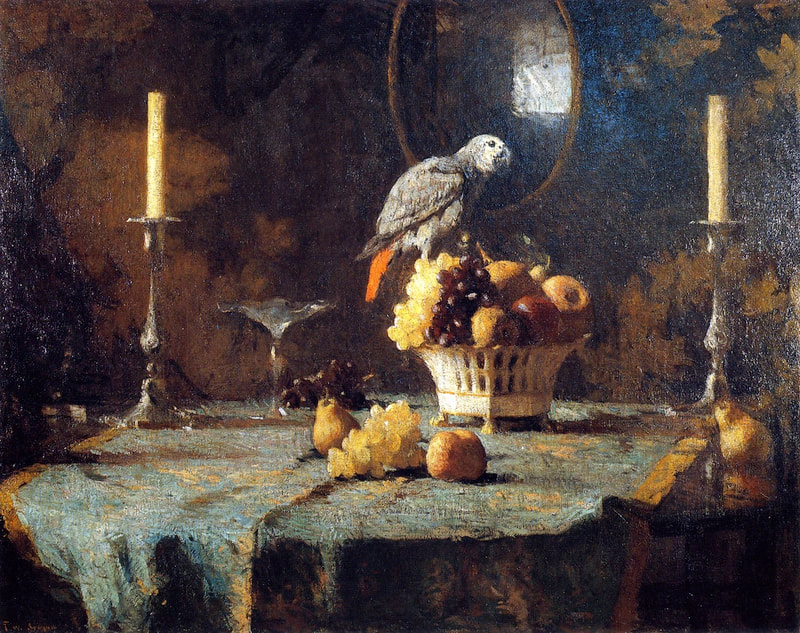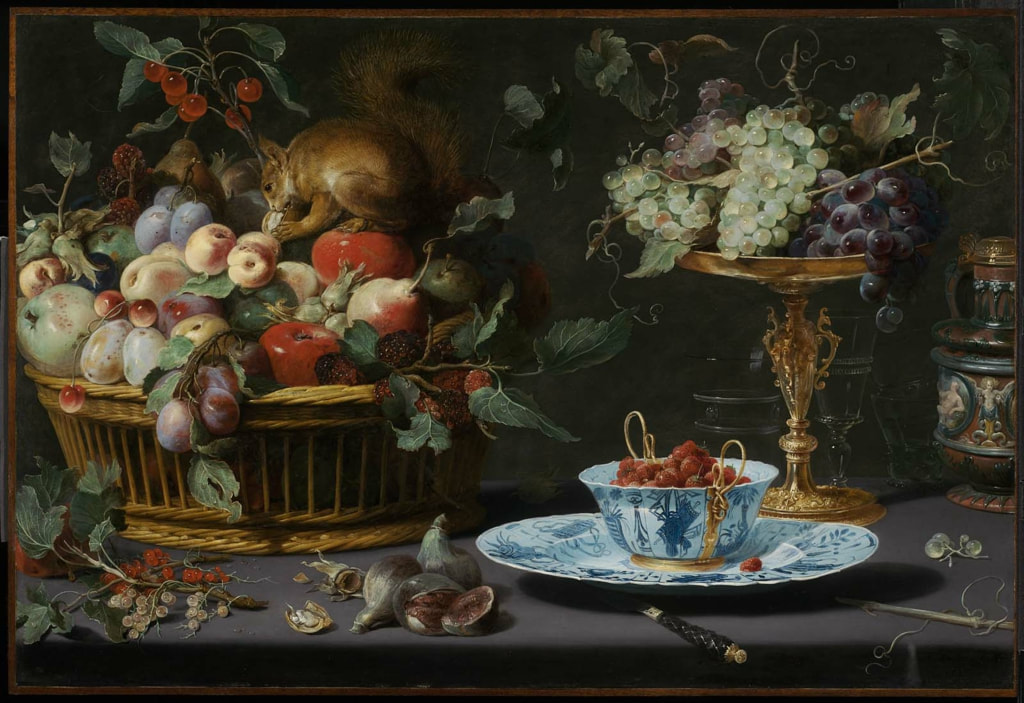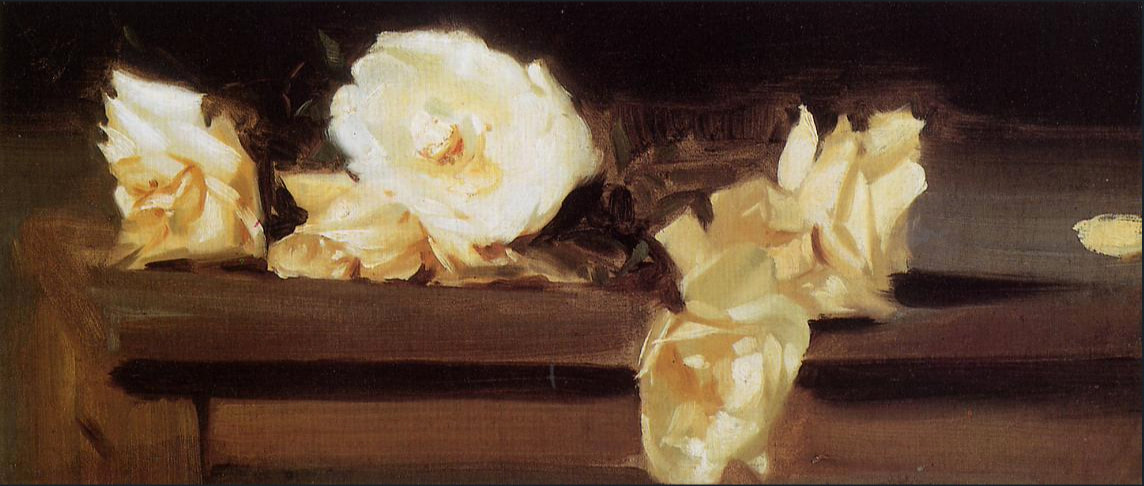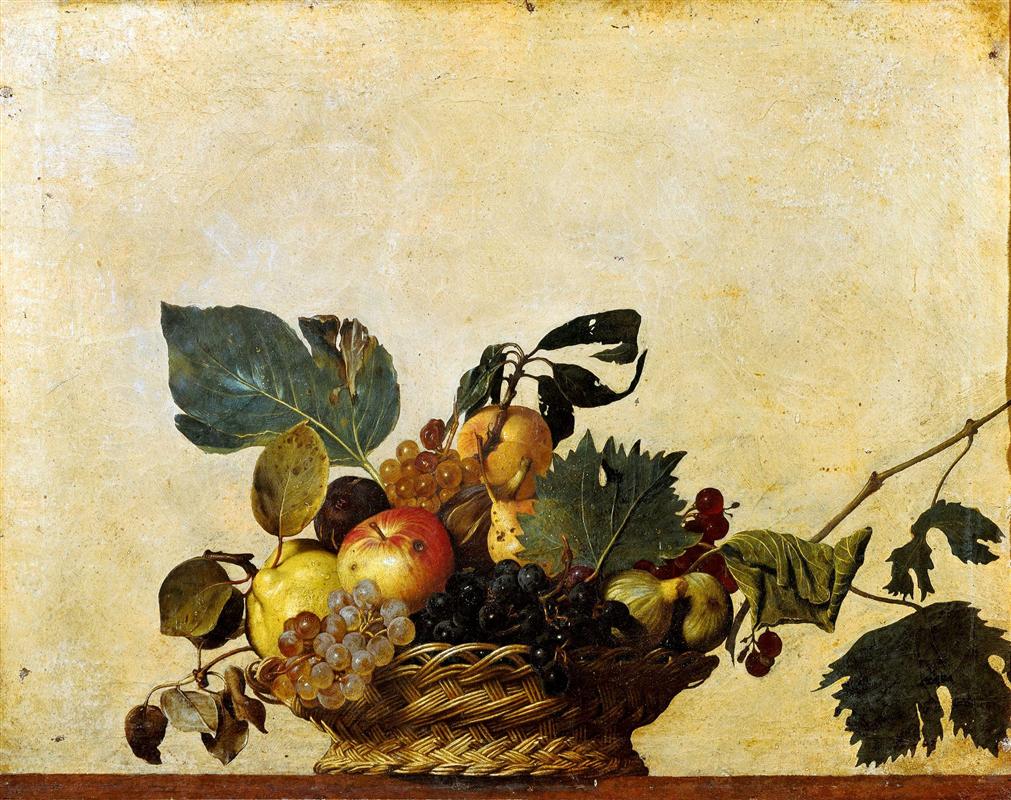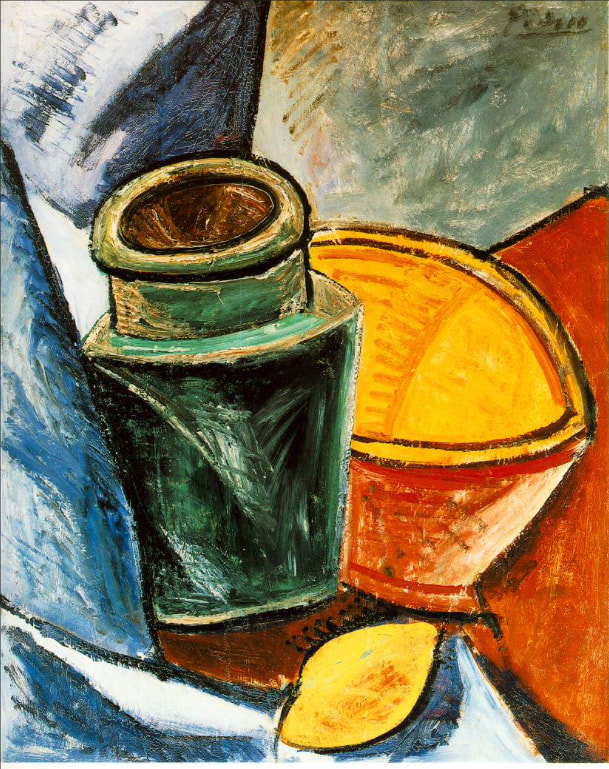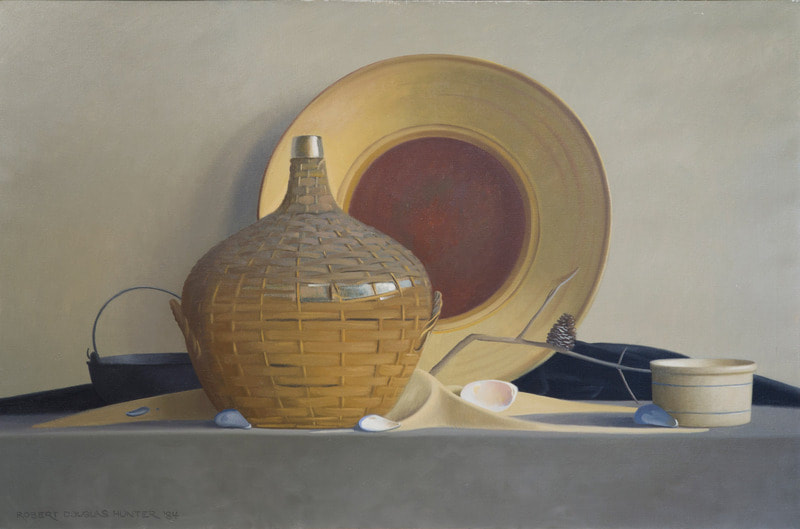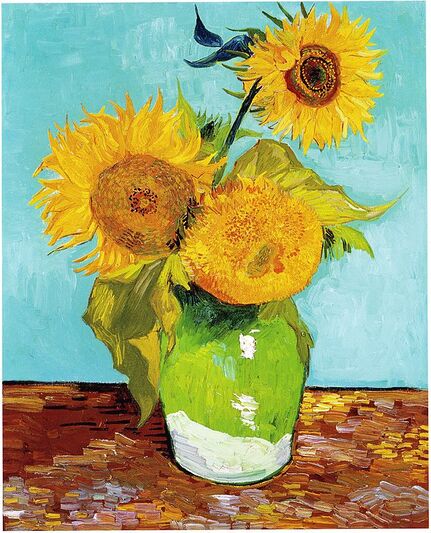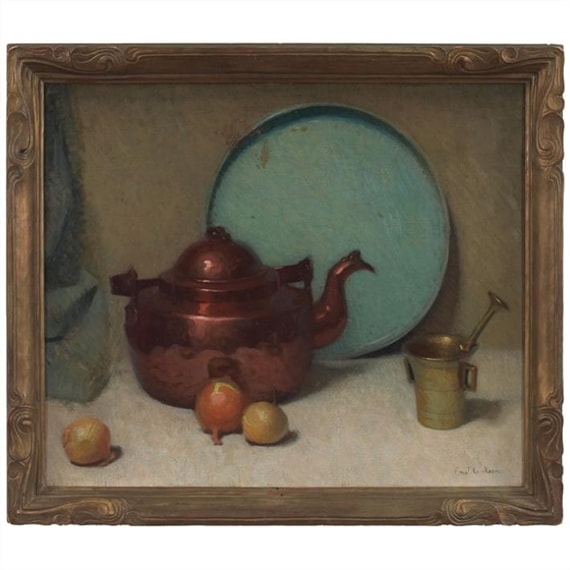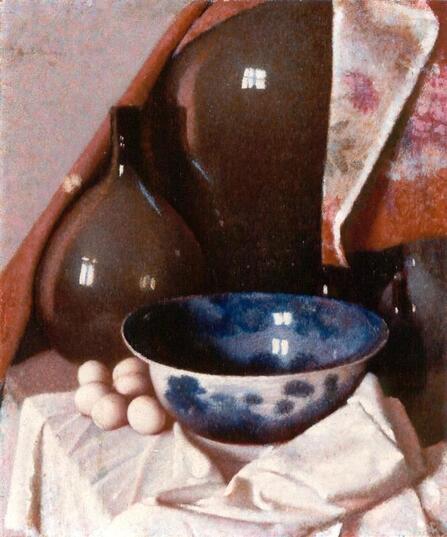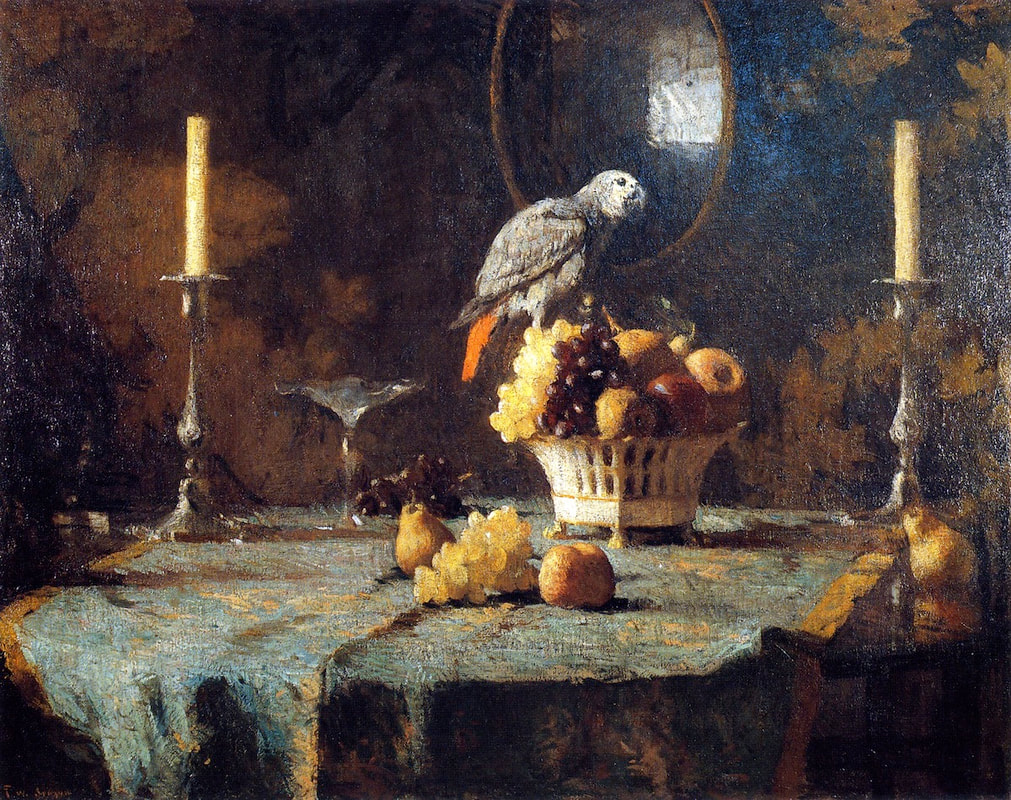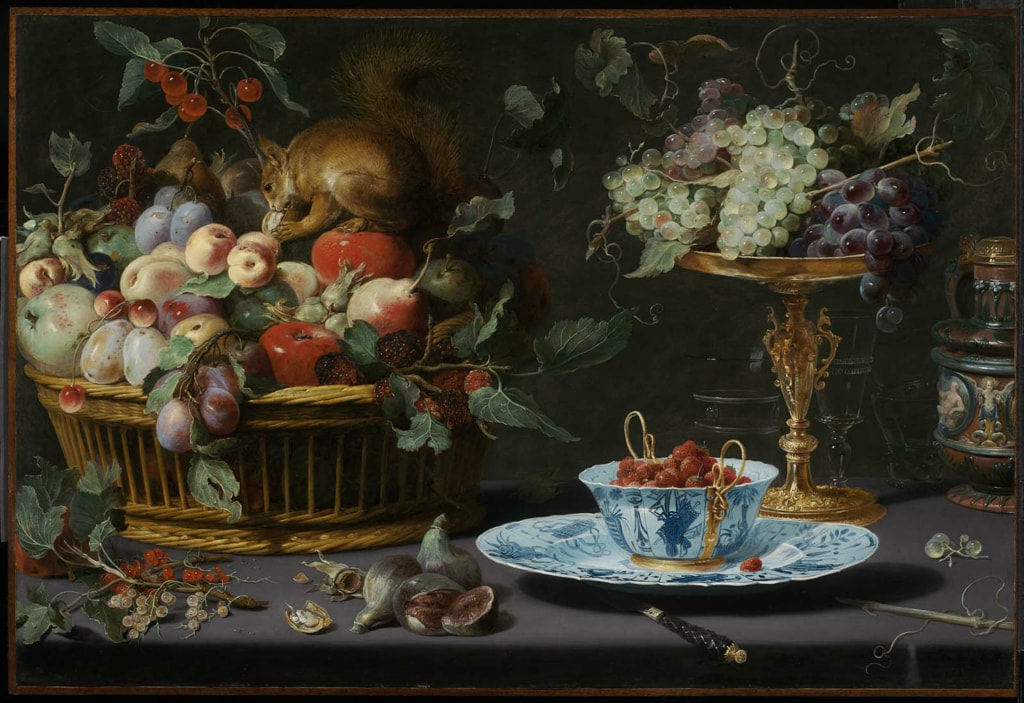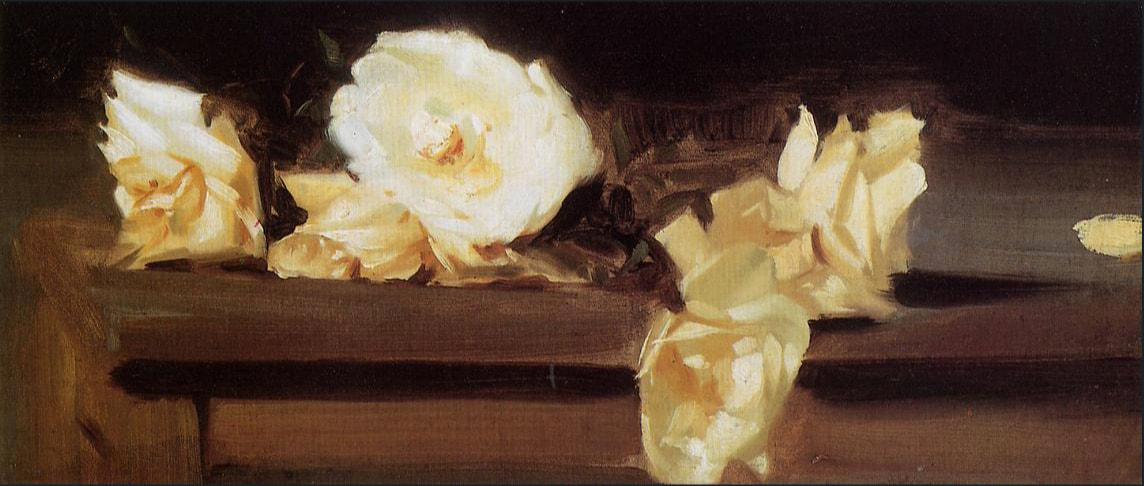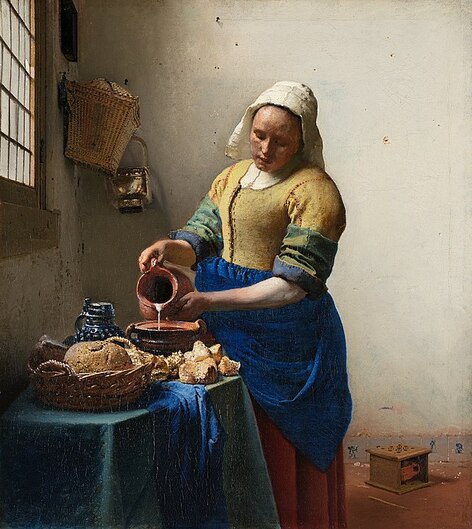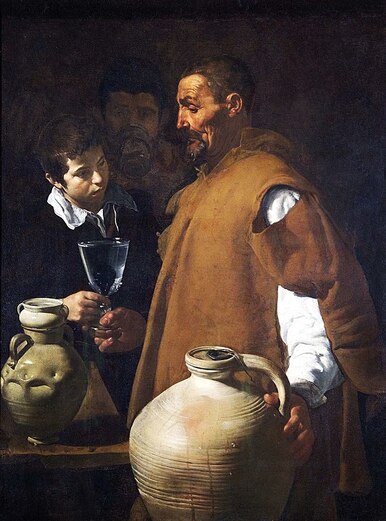|
Still Life Pop Quiz! How many of the following ten famous (and not so famous) paintings do you recognize? How many were you able to identify? Tell me in the comments! Let's go through one by one and talk about the merits and or problems in each. I'll break these paintings down for you and give you my score for each one out of 10 (you can tell me whether you agree or not). I hope the following analysis of these 10 paintings helps you to feel more confident in judging still life paintings that you encounter and more able to enjoy beautiful works of art! 1. Still Life with Sugar by Paul Cezanne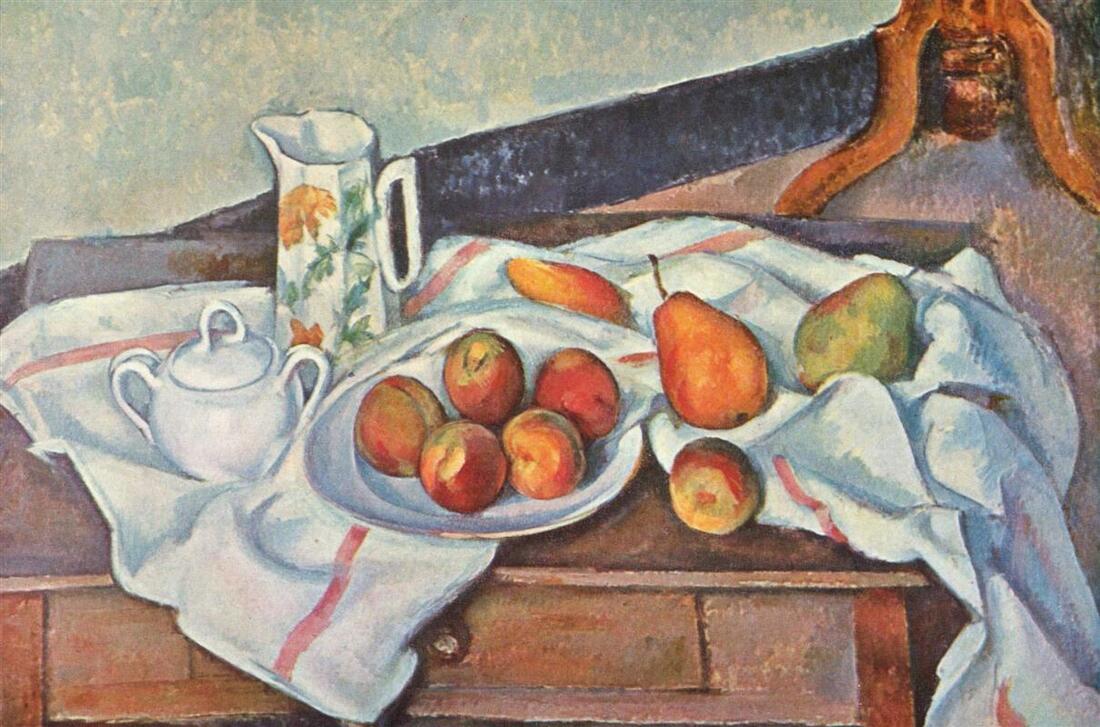 Cezanne was, by most accounts, an earnest soul and an extremely hard worker, but he was not particularly talented at the craft of painting. This may have been a primary cause that lead him to seek directions with his painting other than intentional mimesis of reality. This work is typical of his rift with traditional (accurate) drawing techniques in favor of a jarring rupture with perspective that he claimed to make for compositional reasons. While having a pleasing sense of color and some fun forms and textures, the overall lack of visual unity here is a very serious defect; others, later in the 20th Century, used his work to justify even more serious and ugly departures from the beauty of truth. Because I know his inaccurate drawing was intentional, I am particularly offended by the work of Cezanne. On a scale of 1-10: 4.5 2. Basket of Fruit by CaravaggioThe early Baroque master Caravaggio's fidelity to light and form is wonderful. This basket glowing with golden light. The form of the subject has an accuracy that shocked audiences of his time and still remains potent for us today. His love of detail particularly is remarkable; his work has a visual unity beyond what the Dutch school painters achieved in painting similar subjects. A possible flaw to mention is the consistant, cut-out edge that surrounds almost every object. Later, more advanced small 'i' impressionist artists like Valazques and Vermeer would have blurred and softened such edges for the sake of depth and visual unity. On a scale of 1-10: 8.5 3. Still Life with Lemon by PicassoGarish colors, vertigo-causing swirls and lines, textures that seem best described as crude and even rude... Picasso takes the errors of Cezanne and makes them the center of his work which is an assault on the tradition of beauty in the visual arts -- and painting in particular. This destruction, enabled by a cabal of artists, art dealers, art critics, and big money, ravaged the practice of painting and caused great confusion in the general population as to the general sense of beauty in the 20th century. Hopeful signs of cultural recovery today are in spite of works like these. On a scale of 1-10: -10 4. Still Life with Sand and Shells by Robert Douglas HunterHunter: Beautiful, peaceful compositions. Always with a sense of calm and harmonious colors and object sizes, Hunter described his work as "little tunes." Informed by the Boston School tradition of painting, his technical work is usually strong, but can sometimes suffer from a look of shallowness of form and hard-edged-ness in shape. On a scale of 1-10: 7.5 5. Still Life: Vase with Three Sunflowers by Vincent Van GoghLovely color contrast and lively shapes. Van Gogh is a "post-impressionist" particularly noted for his thick paint application and his departure from strict realism. Though many claim his lack of realism was intentional, much evidence indicates that he recognized his inability to render the fullness of seen beauty as a shortcoming in his work. His letters seem to indicate his dissatisfaction with his own draftsmanship. A little-known fact is that he worked through the Bargue Drawing Course numerous times in an effort to improve his ability to accurately depict shapes and forms. I believe that, despite these shortcomings and due to his honesty in striving towards beauty - not making his deficits into virtues - his paintings, including this one, often have charm and beauty. On a scale of 1-10: 5 6. Still Life with Teapot by Emil CarlsenAn American painter from Denmark, Emil Carlson produced paintings with great balance and craft. He is particularly notable for his atmosphere, where all of the edges are beautifully balanced and the objects pop out and sink into their background just as they do in life. His paintings have magnificent technical strength and often involve beautifully brilliant colors, like those of his contemporary impressionists. On a scale of 1-10: 9.5 7. Still Life with Blue Bowl by Carl SchmittA really underrated American artist from the 20th Century, Carl Schmitt combines many of the experiments of the impressionist and post-impressionists in beautiful lively still life painting. Where Seurat's " A Sunday Afternoon on the Island of La Grande Jatte" feels stifled and stiff, Schmitt is able to take the truths of optical color mixing and make subtle and amazing works with these rather non-traditional methods. If you are able to see these paintings in real life, their vibrant liveliness jumps off the canvas in a way totally unexpected and far greater than mere reproduction can accomplish. If his work has a flaw it is a bit of a lack of incisiveness in drawing, shape, and form -- more than made up for by his brilliant sense of depth and color. On a scale of 1-10: 9 8. The Dining Room Table by Frank BensonA loosely painted beautiful still life full of color and atmosphere. This is a typical example of a Boston School Still life, with lovely variety of edges and tones that produce depth and visual interest. A bit rougher than many still life paintings, but thoroughly entertaining in its uneven brush marks resolving into a beautiful sense of reality. On a scale of 1-10: 8.5 9. Still Life with Fruit, Wanli Porcelain, and Squirrel by Frans SnydersThis painting by Snyders is typical of the exacting detail and delicacy of good Flemish painters from his period. The great critique of their work is that while they have drawn every detail faithfully, they often miss a sense of the grand sweep of light, the sense of forms, and the overall atmosphere (I discussed this concept in my post on Breadth). A glaring example in this painting is the way that the plate on the table feels 'flat' - the front and back feel as if they are the same distance away from the viewer due to an evenness in treatment that robs it of its three dimensional sense of projection. While epic and rich in its subject matter, Boston School impressionists would rightly regard this as a primitive way of painting which Valazquez and Vermeer would later take great steps beyond. On a scale of 1-10: 6 10. Roses by John Singer SargentA seemingly effortless small sketch, this painting is a really impressive piece of visual poetry. The economy of means by which Sargent painted these flowers and arranged this pleasing little composition is so deft as to be almost taken for granted. Visual truth is presented well, if not completely, in its essentials leading the painters of the Boston School to refer with grudging admiration to Sargent as "the greatest of sketch artists." The magic and liveliness of Sargent's sketches so often surpass even the carefully completed work of the other greatest painters in history; it is a truly remarkable accomplishment. On a scale of 1-10: 9 I mention Vermeer and Velasquez a few times above. They are role models for Boston School painters, though a bit tricky to use in a study like this, as neither was known as a still life artist. Nonetheless, here are examples of the work of each for your reference: Bonus: The Milkmaid by Johannes VermeerBonus: The Waterseller of Seville by Diego VelasquezMaybe you agree with my analysis, maybe not - do tell. The important thing is that you remember that art can and should be judged, and that art should be beautiful.
10 Comments
|
AuthorHello there, I'm John H. Folley, an oil painter in the Boston School tradition. Thanks for visiting the Beauty Advocacy Blog, where it's my job to help you become a more discerning art appreciator. Connect with John:
Categories
All
Archives
February 2024
|
